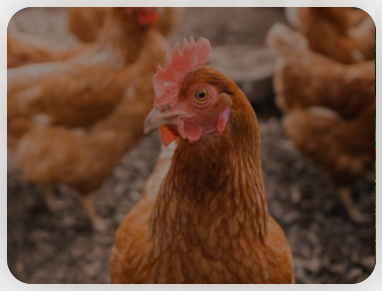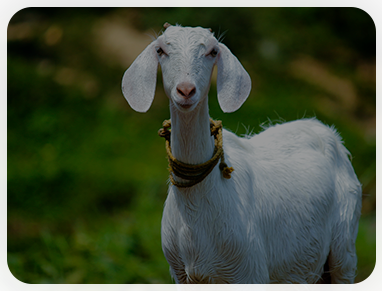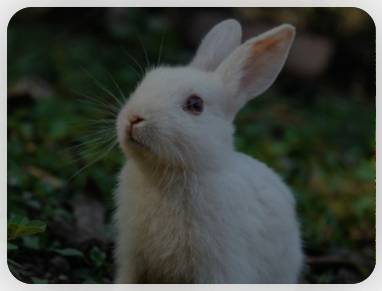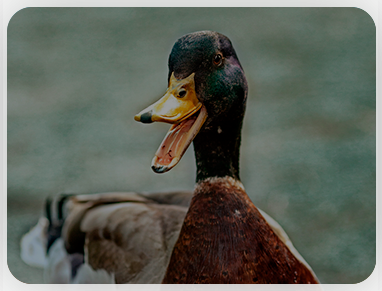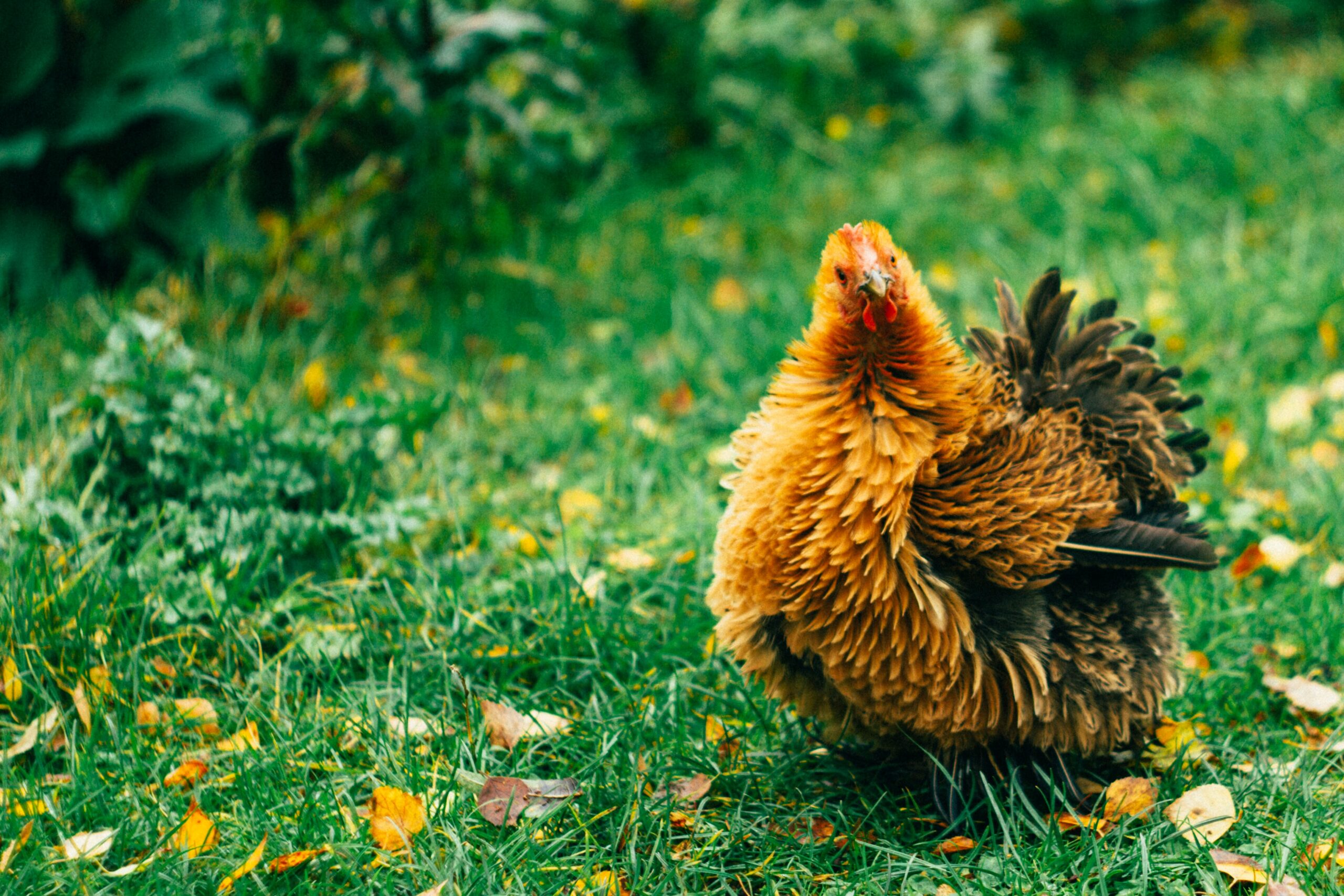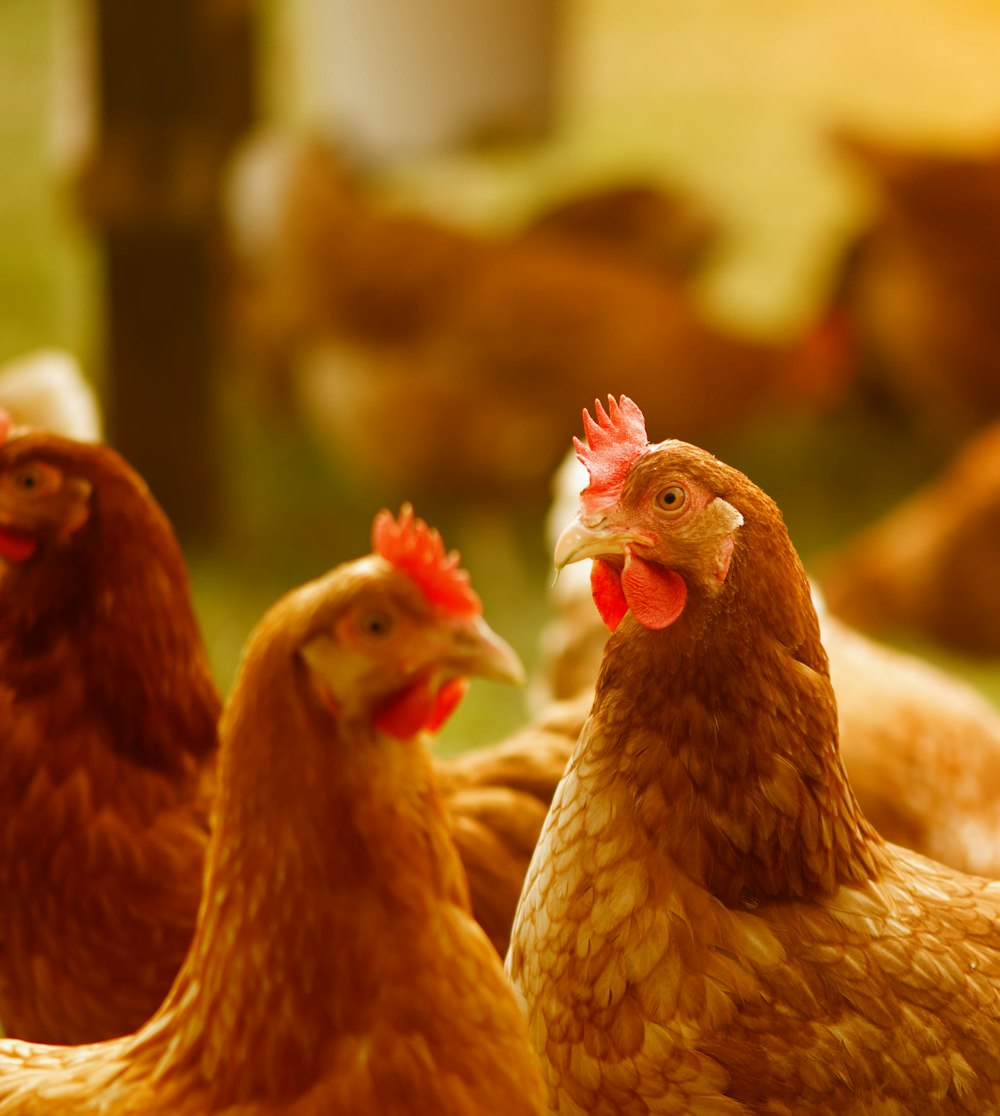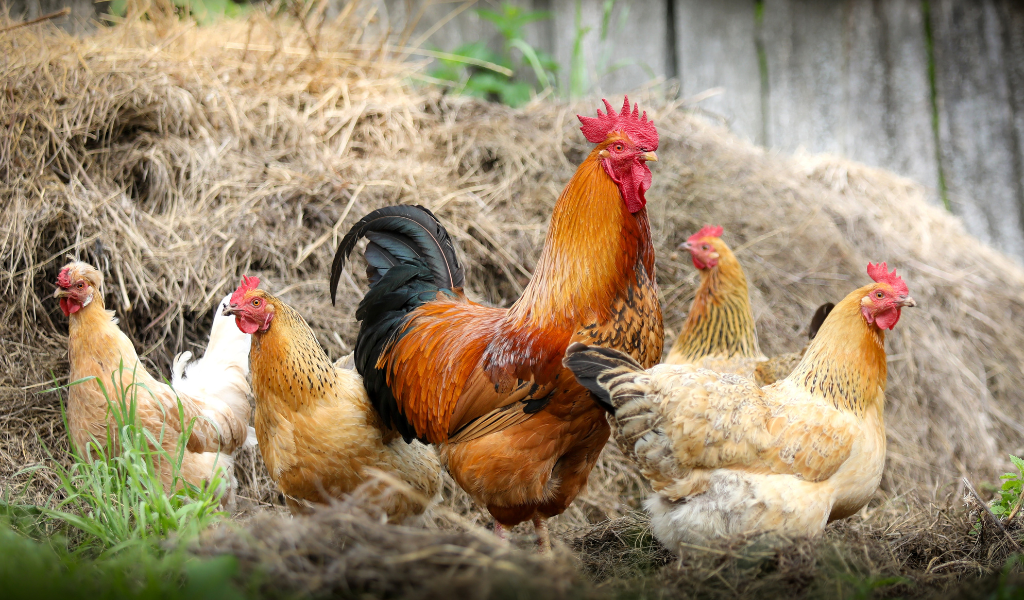The breeding of laying hens it is certainly a great opportunity for many farmers and breeders. Obviously, just as with all other forms of farming, the welfare and health of the animals is the first factor to consider. Precisely for this reason in recent years this practice is becoming more and more popular, but it is not at all simple. that's how raise your chickens in the best way!
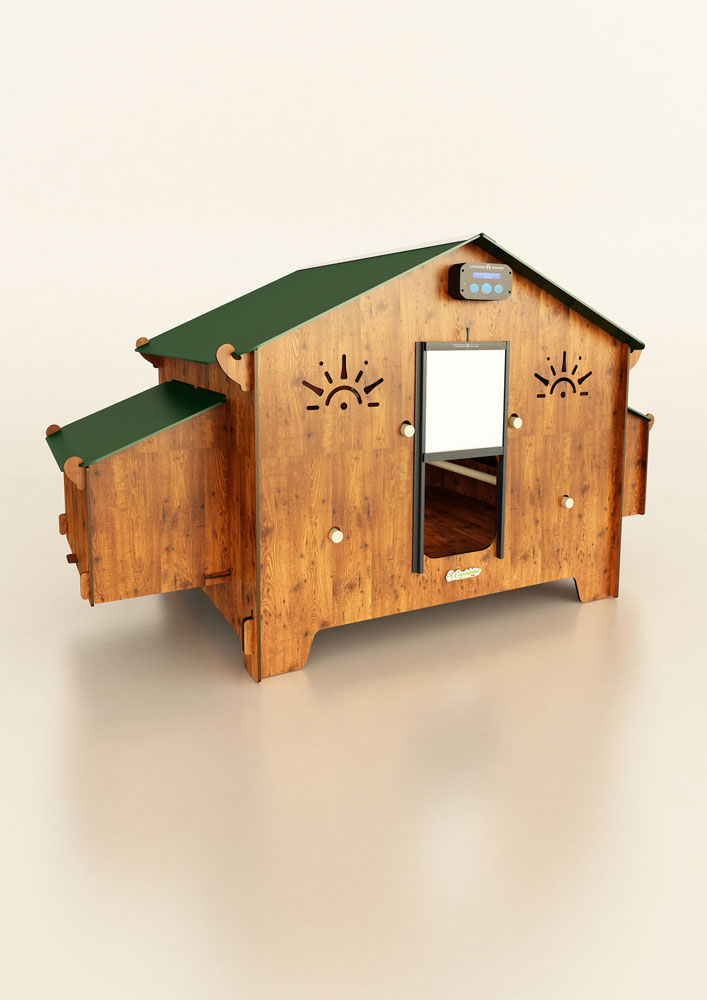 All you need to best raise your hens
All you need to best raise your hens
Before understanding how to baste and organize a breeding of laying hens it is right to start from the basics and understand the characteristics of the animal we are going to take care of to avoid making mistakes.
La chicken it is an omnivorous animal and generally eats what it finds in its natural habitat: seeds, grasses, earthworms, worms or various insects. Although it may seem strange, in the nutrition of the chicken pebbles are also included which help the bird digest food more easily.
Le hens they may all look similar to an inexperienced eye, but they are not. There are laying hens, whose main function is to produce eggs; ornamental hens, whose function is purely aesthetic and which have particular physical features; broiler hens, that is, those that will be slaughtered and pet hens, which are meant to keep humans company, just like so many other pets.
Now that we have a clear understanding of the characteristics of the hens, we can see how to raise them to get excellent eggs! THEpoultry farming it is, in fact, a particularly profitable practice that can be practiced in total respect for animals and nature.
Le laying hens they need little to be happy: an enclosed space in which to freely scratch around will suffice, a good chicken coop, mangers and drinking troughs. Once the habitat has been created, it will be possible to introduce the hens who, with due time and due education, will understand how to move in the environment.
Le laying hens they are generally very productive in the first year of life and, when their reproductive capacity decreases, they can be kept as pets by replacing the old elements and introducing new ones once a year (between September and October). Despite having lost their reproductive capacity, these birds can in fact live up to 12 years and, depending on the breed, can lay about 300 eggs in a year. Did you know that?
How to take care of chickens
- Suitable Accommodation:
Make sure your chickens have a safe and comfortable shelter. A Well built and protected chicken coop from atmospheric agents is essential. Provide enough space for chickens to move freely and lay eggs comfortably. A private, quiet nest for each hen will stimulate the egg-laying process.
- Balanced Nutrition:
Provide a balanced diet containing all the necessary nutrients. You can choose from specific commercial feeds for hens or prepare a mix of cereals, vegetables and proteins. Make sure they always have access to fresh, clean water. Add some occasionally green feed to enrich their diet.
- Cleaning and Hygiene:
Keep the hen-house. Remove dirty bedding regularly, replacing it with fresh straw or sawdust. Regular cleaning prevents the formation of harmful bacteria and maintains a hygienic environment for your chickens.
- Activities and Entertainment:
Provide recreation opportunities for chickens. Place objects such as light soccer balls or hang vegetables to stimulate their natural instincts to explore and scratch. Physical activity contributes to the general well-being of hens.
- Health Check:
Observe your chickens carefully for signs of illness. Pay attention to changes in behavior, shape of feces and appearance of feathers. If you suspect illness, consult a veterinarian specializing in poultry farming.
- Light Management:
Regulate the light in the chicken coop to stimulate egg production. Hens need at least 14-16 hours of light per day to maintain constant production. You can use artificial lights to extend daylight hours during the winter months.
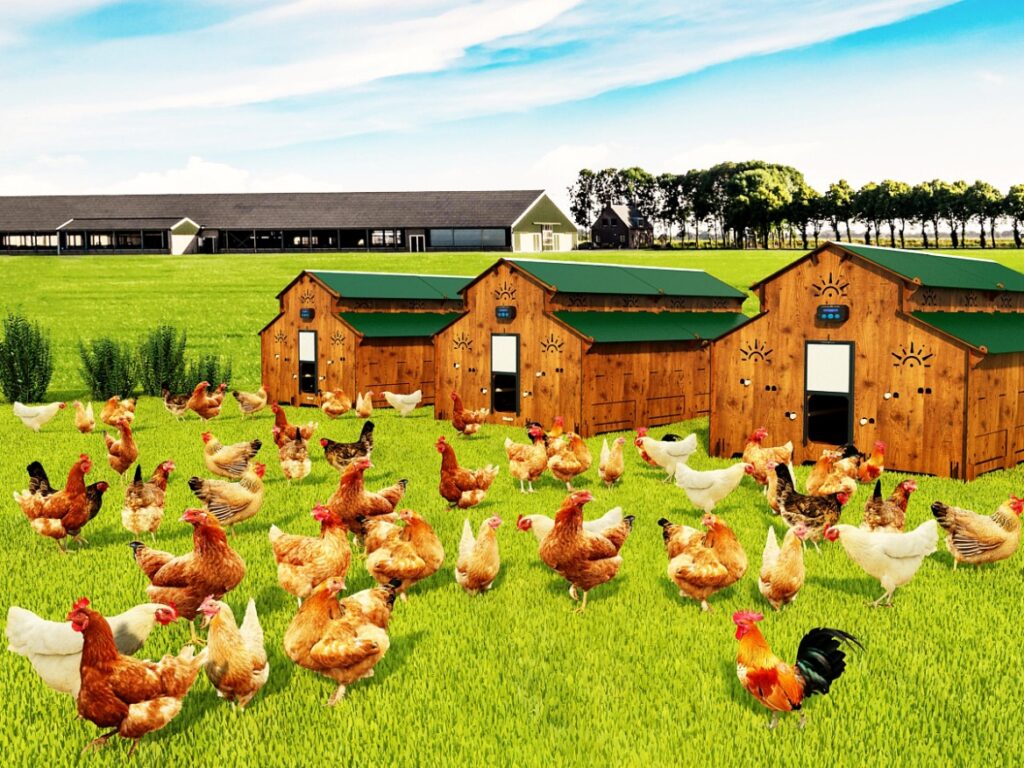 Raising laying hens: feed, climate and selection
Raising laying hens: feed, climate and selection
Being a type of breeding that perfectly simulates the habitat ideal of hens, generally these birds get all the food they need from the ground itself; if this is not enough, it is still possible to integrate the diet of hens with additional substances, as malnutrition could have a major impact on their productivity. An ideal solution can be food scraps from your kitchen or you can create special mixes based on food for chicks and other nutrients.
The activity of laying hens it increases especially in spring and decreases as temperatures rise or fall. To make sure that the respiratory rate and body temperature of the hens both in summer and in winter it is advisable to build isolated and sheltered areas where they can stay cool. Or you can equip yourself from the beginning with a chicken coop isolated, avoiding stress and fatigue.
As you can see, carrying out a type of breeding that respects the nature and characteristics of the animal is possible: perhaps it is not as simple as you thought, but you will certainly have some healthy and productive hens!
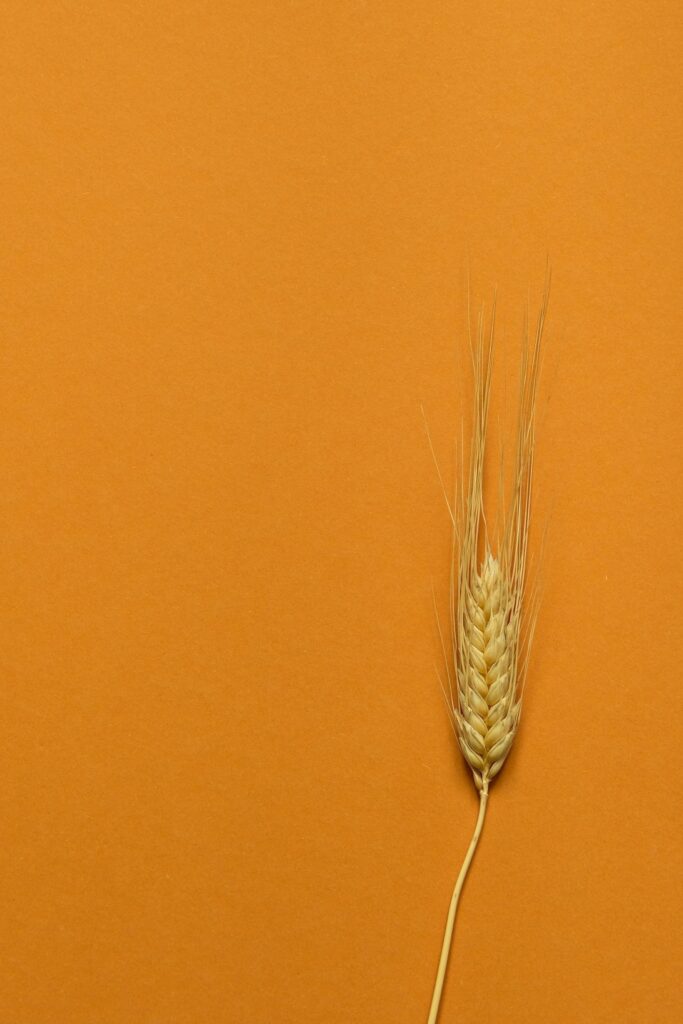 A complete diet
A complete diet
Once you are sure to keep them hens safe from predators and hostile climate, thanks precisely to the efficiency of Cucciolotta chicken coops, you can dedicate yourself to another fundamental part of their well-being, nutrition. The contribution of the different macronutrients depends on the age of the animal and its use. A chick, for example, needs a substantial portion of protein to support its growth. The laying hens, on the other hand, in addition to proteins, they will have to stock up on calcium, to help them in egg development stage. Once you have identified your pets' needs, it is important to understand what the best foods you can give them. It is known that hens love to nibble on their grits, seeds and corn: the protagonists of their meals are flour and grains, both excellent alternatives. The first, unlike the second, is thinner, so it takes longer to be consumed and less time to be assimilated, making it more convenient. Don't forget, however, that the hen is an omnivorous animal, and enjoys hunting for insects, lizards and even small mice. As mentioned above, if you want to pamper your feathered friends a little, you can occasionally give them leftovers from your kitchen, making sure they haven't gone bad. Fruits, such as apples, pears or grapes, vegetables, such as salads, spinach or squash, and even meat, fish and pasta are fine, only if well cooked. Be careful to avoid chicken meat and eggs, so as not to stimulate tendencies to cannibalism. Grit, a mixture of oyster shells, suitable for laying hens and their daily egg production can also be added to these feeds.
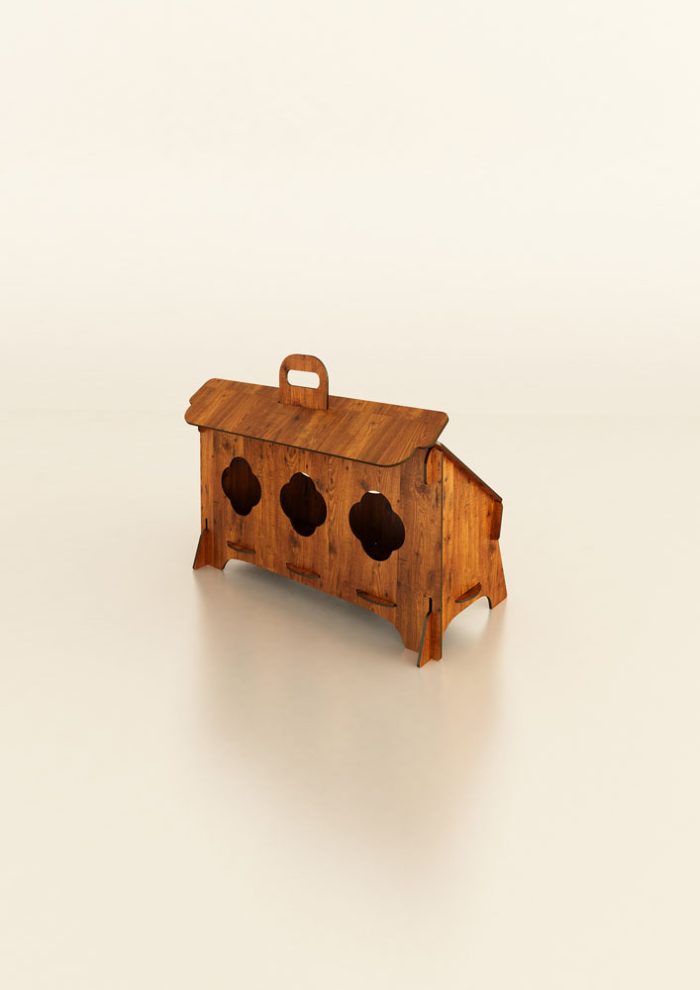 The Polly Feeder
The Polly Feeder
Now that you know what food to give your chickens, you just have to find where to serve it. No need to look further, the perfect solution is the manger Polly Feeder, a practical product of the latest generation signed Cucciolotta. The whole construction is made of HPL layered laminate, material resistance to wear and other corrosive agents. It has a fly sheet, to ensure that the feed is always dry, even in bad weather. It has a compartment in which to place food which has a capacity of 9 kg. For this we recommend the purchase of Polly Feeder for a medium-sized farm, and if necessary, the purchase of more feeders, to prevent the hens from fighting over food.
I recommend, during the night it is better to put the feeders in the shelter, perhaps in the house or in the garage, to prevent mice or other greedy animals from sneaking in to eat the grains of your hens.
The manger Polly Feeder it is the ideal choice to guarantee correct nutrition for your precious hens. Produced with care and precision by Cucciolotta, this latest generation feeder offers unique features that make it an essential accessory for anyone who takes care of a poultry farm.
Made entirely of HPL stratified laminate, the Polly Feeder it is designed to resist wear and corrosive agents, ensuring durability over time without compromising quality. Its solid and robust structure is designed to resist bad weather, ensuring that the feed always remains dry even in adverse weather conditions. The double roof is an innovative feature that protects food from rain and humidity, preserving the freshness and quality of the feed.
With a capacity of 9 kg, the compartment of the Polly Feeder is large enough to meet the food needs of a medium-sized farm.

